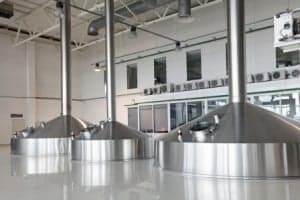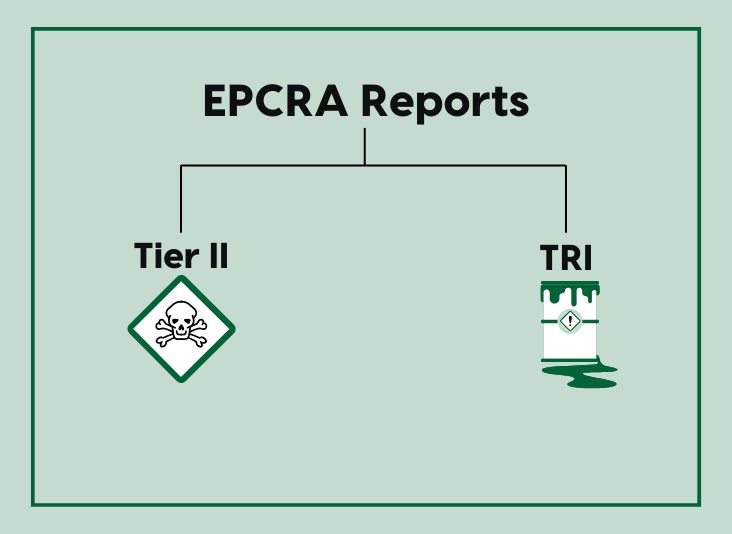EH&S Blog: Fire Regulation Update: 527 CMR 33.00
Ensure appropriate process categorization and permitting to comply with Massachusetts’ 527 CMR 33.00 update.
In 2012, the Massachusetts Board of Fire Regulations developed a new regulation aimed at protecting emergency response personnel, employees, and the general public from fires or explosions stemming from the processing of hazardous materials. This regulation is in response to three catastrophic explosions at facilities in Massachusetts, all of which involved processes using  chemical or hazardous materials; and will regulate all facilities within that state that are involved in the processing or processes of hazardous material.
chemical or hazardous materials; and will regulate all facilities within that state that are involved in the processing or processes of hazardous material.
The primary factors to focus on to ensure compliance are process category and vessel capacity. Certain processes are exempt from this regulation, so identifying your active processes and determining applicability is imperative to achieving compliance. The regulation defines a process, or processing, as:
“A sequence of operations in which the sequence can be inclusive of physical operations such as heating, cooling, mixing, distilling, compressing, and pressurizing, and chemical operations, such as polymerization, oxidation, reduction, and other chemical reaction processes. The sequence can involve but is not limited to: preparation, separation, combination, purification, or any actions that cause a change in state, energy content, or chemical composition.”
Once you’ve identified your processes, and whether or not they are exempt from the regulation, you need to align vessel capacity with the regulation’s process category. 527 CMR 33.00 categorizes new or existing hazardous material processes by vessel capacity, and mandates compliance based on the process category.
The following are the process categories based on vessel capacity:

After determining your process categories you must begin the steps toward compliance. Requirements vary from category to category, but they all include documented compliance with existing EPA, OSHA, and state regulations, and strict permit application deadlines.
Meeting the requirements will demand effort from your internal environmental, health and safety team, or an outside EH&S consulting team. A qualified consulting group will prepare all the documentation and planning for the permits, and take the appropriate steps to make sure the facility will meet all regulation requirements moving forward.
Based on your process categories, make certain that you meet the following requirements:

View the 527 CMR 33.00 Compliance Consulting Case Study
Identification of processes, determination of categories, and preparation of documentation can take several months for a busy internal EH&S department to complete. If your permit application deadline is approaching, be certain you leave ample time to meet all the requirements.
Failure to comply with this regulation can result in costly penalties or fines. 527 CMR 33.00 is enforced by local fire departments, and they will ensure that no facility engages in the processing of hazardous material if it is not compliant with state and federal regulations. The local fire fighters’ safety is on the line when responding to fires or explosions at processing facilities, so you can expect this regulation to be strictly enforced, not only to protect the fire departments, but also the communities that they serve and the facility’s employees. Non-compliance with this regulation will be revealed during annual inspections by the local fire departments.
Discover the steps necessary to ensure regulation compliance in this Step-by-Step 527 CMR 33.00 Compliance Guide, or consider meeting with a EH&S Compliance Specialist to discuss compliance with 527 CMR 33.00.









.png)